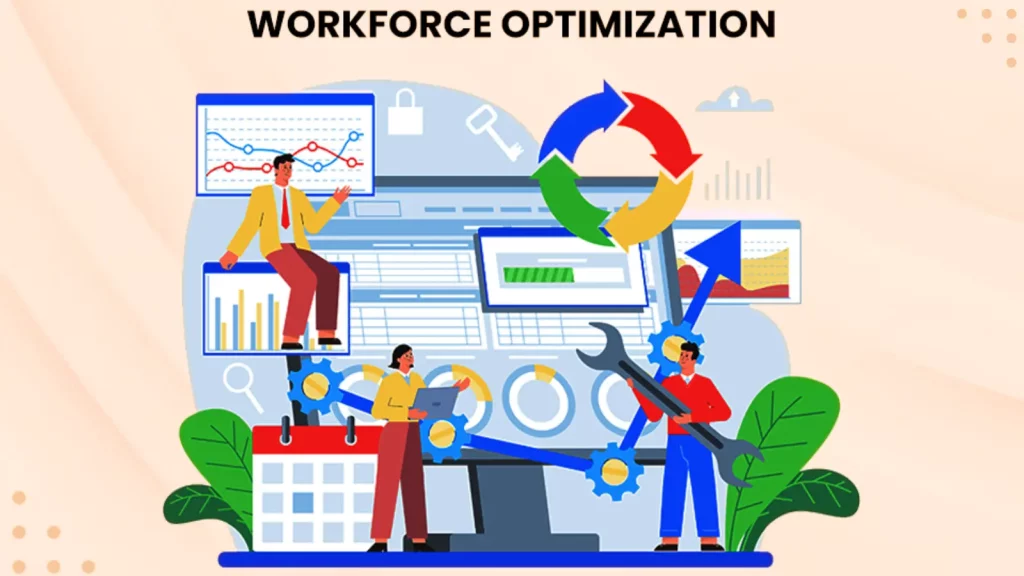HR's Role in Workforce Optimization: Best Approaches
HR's Role in Workforce Optimization: Best Approaches
Blog Article
Creating a Culture of Workforce Optimization
In the fast-paced earth of retail, performance is key. Shops continually end up balancing customer care with functional costs. Among the very best methods to do this balance is through workforce optimization. This method not merely promotes output but in addition guarantees personnel are involved and motivated. In that article, we'll investigate the most effective methods for workforce optimization in retail, giving practical ideas that could support suppliers maximize their potential.
Leveraging Technology for Arrangement
Successful scheduling could be the backbone of workforce optimization. Modern arrangement computer software may anticipate busy intervals using old data, ensuring that the best quantity of staff are readily available when required most. That reduces equally overstaffing and understaffing, leading to raised customer service and decreased work costs. Suppliers must spend money on strong scheduling programs to streamline that process.

Training and Growth
Buying employee education and development is vital for workforce optimization. Well-trained workers are far more efficient and better equipped to handle many different jobs, from customer service to stock management. Normal teaching sessions keep abilities sharp and introduce new techniques or systems that can further improve productivity.
Real-Time Information Employment
Applying real-time knowledge can significantly increase workforce optimization. By checking income, foot traffic, and employee efficiency in real-time, managers may make educated conclusions on-the-fly. This agility enables immediate adjustments, ensuring that methods are employed effectively and effortlessly at all times.
Employee Proposal
Involved employees are far more effective and less likely to leave. Stores should focus on developing a positive work environment, giving aggressive wages, and realizing worker achievements. Standard feedback periods and options for career improvement can also increase well-being and minimize turnover rates.
Cross-Training Staff
Cross-training employees to deal with numerous jobs may significantly enhance workforce flexibility. This training assures that staff can cover for each different all through top occasions or absences, maintaining smooth operations without the need for extra hires. Additionally it keeps the workday varied and intriguing for employees, which could increase job satisfaction.

Utilizing Efficiency Metrics
Distinct performance metrics help in assessing the performance of workforce optimization strategies. Metrics such as for instance sales hourly, customer satisfaction results, and inventory turnover charges give valuable insights into employee output and overall store performance. Frequently researching these metrics allows managers to recognize places for development and apply essential changes.
Conclusion
Workforce optimization is a complex strategy that combines engineering, education, knowledge usage, and worker engagement. By adopting these best techniques, suppliers can not just increase detailed performance but in addition develop a more encouraged and productive workforce. This harmony eventually leads to higher client activities and increased profitability. Begin utilizing these techniques nowadays to discover your retail potential.
Report this page